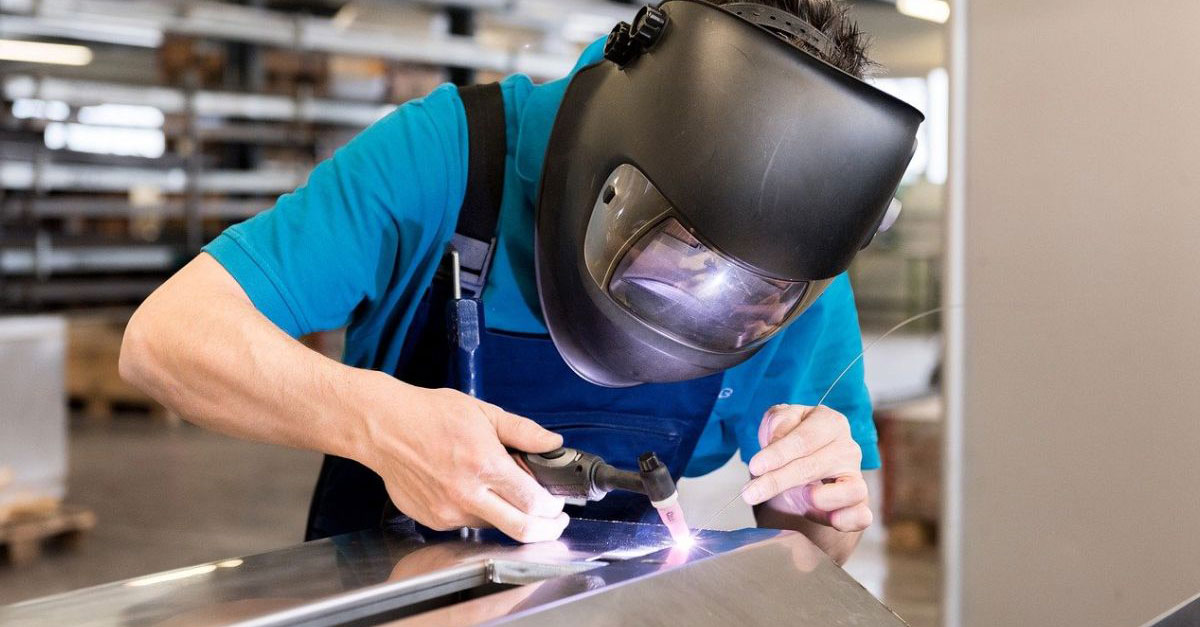
Discover the advantages of new technologies for construction field workers using automation for better performance
Construction is a complex industry that has started to adopt innovation. The industry has always adopted innovative construction technology, from the invention of advanced equipment used on-site to develop new materials used in construction to automation in the field. There are many ways in which using automation technology can streamline construction processes and improve efficiency levels at every stage of a project.
Automating fieldwork will help industry workers complete tasks faster and reduce costs while maintaining high standards for quality control and safety considerations. So, for a construction company to grow and maintain a competitive edge, it needs to adapt and integrate new technology into its strategy and everyday workflow.
What are the new construction technologies for field workers?
Some of the new technologies available to assist on-field workers in construction are:
- Data collection apps
- Drones
- Virtual reality
- Smart clothing and wearables
- Electric vehicles
- Exoskeletons or exo suits
Construction technologies for on-site field workers
Construction technologies include aerial imaging systems, augmented reality applications and virtual reality devices. Identifying building issues, tracking progress and avoiding costly repair work are a few ways companies can utilize it. Construction workspaces using these tools are also safer for workers due to reduced time, costs and environmental impact. Let us discuss some of the many different construction tools available for on-site workers.
1. Data collection apps
Data collection apps help collect accurate, high-quality data from field workers. By analyzing the collected information, offices can generate enhanced workflows. Data collection apps provide tremendous benefits. The apps can be easily integrated with existing systems and require a small upfront investment. This process helps to identify issues faster, reduce data entry errors, improve quality of work, reduce time to completion and increase the safety of workers.
2. Drones
Drones are a type of aerial inspection equipment that companies can use for many applications in construction. Companies can use them for aerial mapping, 3D modelling and monitoring the progress of a project in real-time.
3D models are created using photogrammetry (image capture) and accurately represent buildings or structures using multiple photos taken from different angles. Also, drones monitor construction sites' progress more efficiently than manual methods like recording time lapse videos or manually measuring distances between specific points on site. Drones have helped contractors save time, money, labour and resources while ensuring quality control throughout construction projects at all stages.
3. Virtual reality headsets
Virtual reality tools are often used with BIM to understand complex projects better. They allow you to virtually build a building design or model and then give everyone involved -from design teams to clients and stakeholders-an even more realistic idea of the project once completed. Having a complete understanding of the project before it begins can help avoid costly changes to your plans mid-project, allowing you to make wiser decisions about time and money.

4. Smart clothing and wearables
Smart clothing and wearables serve many purposes on construction sites. Companies can use these devices to improve the efficiency, productivity and safety of the field workers. Some of the smart apparel includes protective equipment with sensors, location trackers or voltage detectors embedded inside for protection, such as hard hats, work boots, power gloves, safety vests etc. Technology can monitor the movement and safety of the workforce. The other wearable items are assistive devices like hearing aids. You can connect these to a mobile device to make it easier for workers to communicate with their supervisors or colleagues when they need assistance.
5. Electric vehicles
Most automobile companies are investing in developing electric vehicles. The industry sees them as the future of automobiles. They are environmentally friendly, and they are more fuel-efficient. With advancements in electric vehicle technology, they can now run hundreds of kilometres on a single charge. In the long run, EVs turn out to be economical, reliable, comfortable and quiet. In addition to the above benefits of electric vehicles, there is also a cleaner environment, making it safe and sustainable for future generations to enjoy this technology.
6. Exoskeletons or exosuits
An exoskeleton is a wearable machine that helps workers in the construction industry carry heavy loads. Exoskeletons consist of a frame and motorized joints controlled by motors, sensors, and actuators. The machine provides lift support, posture correction, and weight dispersion to minimize strain and injury. Some of these devices can aid in performing tough jobs by providing focused support to the shoulders, crouch and back.
Besides the mentioned technologies, a few off-site technologies worth mentioning are BIM, predictive analysis, innovative materials, and cloud-based collaborative tools. The complexity of construction projects demands new technologies adopted by the construction industry. Automation in the fieldwork saves time and cost and results in better quality control, higher accuracy, improved coordination between teams, and safety measures on-site. So, investing in new construction technologies for field workers is the way forward for all construction companies. The key is to research and choose the right tools that suit your requirements.


.webp)
.webp)
.webp)

